Roomba i3 vs j7 Comparison Review
Roomba i3
Roomba j7
Roomba i3
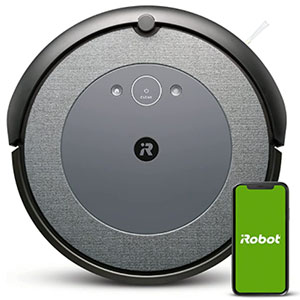
- Dimensions 13.34 x 13.26 x 3.63 inches
- Weight 11.4 pounds
- Suction Power 10X power (1700 Pa)
- Navigation iAdapt 2.0, Mapping
- Filter High-Efficiency filter
- Dustbin 400-500 ml
- Auto Dirt Disposal yes
- Dirt Detection yes
- Runtime 75 minutes
- WiFi Connectivity yes
- Imprint Link yes

Roomba j7
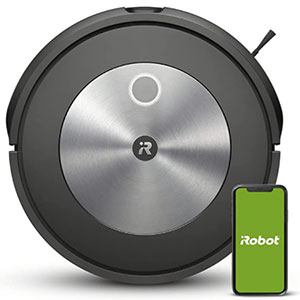
- Dimensions 13.34 x 13.3 x 3.4 inches
- Weight 7.5 pounds
- Suction Power 10X power (1700 Pa)
- Navigation PrecisionVision
- Filter HEPA-style
- Dustbin 300 ml
- Auto Dirt Disposal yes
- Dirt Detection yes
- Runtime 100 minutes
- WiFi Connectivity yes
- Imprint Link yes
Introduction
Roomba Cyber Monday 2025
In this Roomba i3 vs. j7 comparison review, we have compared these two affordable Roombas to help you settle on the best robot vacuum that will suit your cleaning needs.
Let’s face it, buying a Roomba can be a challenge now that there are more than a dozen models. What’s more? Just like all robot vacuums, Roombas are highly specialized, and the prices vary. Now, if you are looking for an affordable robot vacuum, two of the best Roombas that should be on your wish list are the Roomba i3 and Roomba j7. So, what’s the difference between these two vacuum cleaners? Let’s find out, but first, here is an overview of the models.
Roomba j7 (j7 vs. j7+)
The Roomba j series is the latest entrant in the Roomba lineup. It was released in September 2021, and just like the I series, there are two models. The base model, the j7 (7150), doesn’t come with the Clean Base Automatic Dirt Disposal unit, but it is compatible with the technology. On the other hand, the J7+ (7550) comes with the Clean Base Automatic Dirt Disposal unit.
This is the only difference between Roomba j7 vs. j7+. When it comes to specialty, the j7 is ideal for small, medium, and even large-sized apartments with high traffic, bare floors, and pets.
Face to face model comparison
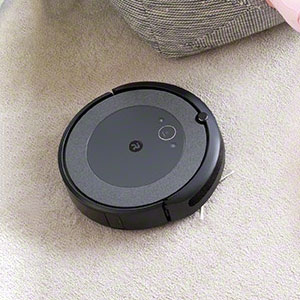
The Roomba i3 may not be the slimmest robot vacuum we have tested, but it has a low-profile design. It has a 13.26-inches diameter and stands at 3.63-inches high.
Weighing 7.44lbs, the i3 is available in a single color, black, and grey, with a woven-textured top interface.
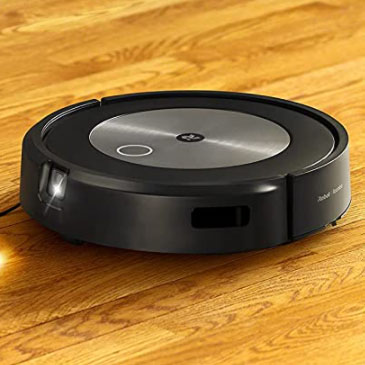
The Roomba j7 is also round-shaped and has a low profile design too. Regarding the dimensions, the j7 vs j7+ are 13.3-inches in diameter and stand at 3.4-inches.
As for the weight, the J7 is 7.49lbs. Last, on the finish, the j7 and j7+ come in a single finish, black, and silver.
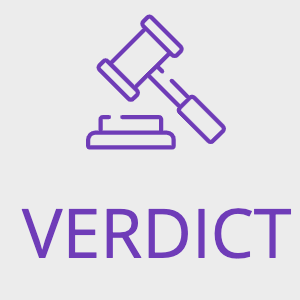

It's hard to call a winner here as both models are round-shaped and have a similar low-profile design with negligible differences.
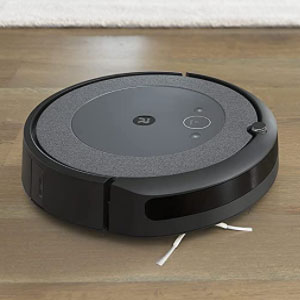
The Roomba i3 is a robot vacuum with a vacuuming function only just like all other Roombas. For mopping, you will have to invest in a separate robot mop, preferably the Braava M6.
The good thing is that it can sync with the Braava M6 for simultaneous vacuuming and mopping. As for specialty, the i3 and i3+ are designed for all bare floors and low pile carpets. The two are also ideal for homes with pets.
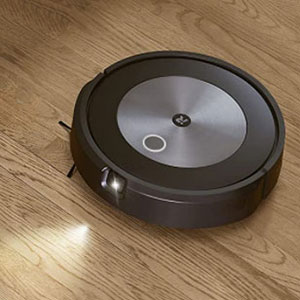
The j7 is also a vacuum-only Roomba, but it can work with the Braava M6 for simultaneous vacuuming and mopping. This is courtesy of Imprint Link Technology.
When it comes to specialization, the j7 and j7+ are ideal for homes with all types of bare floors, including hardwood. You can also rely on this Roomba to vacuum low pile carpets and pet messes such as kitty litter and pet hair.

The Roomba i3 uses Roomba’s patented AeroForce 3-stage cleaning system. There is a dual multisurface brush system for dirt agitation and dirt pickup.
It is assisted by a single sweeping brush that reaches the deep corners and wall edges. Regarding suction power, the Roomba i3 uses a 2nd Gen motor that delivers an average of 900pa.
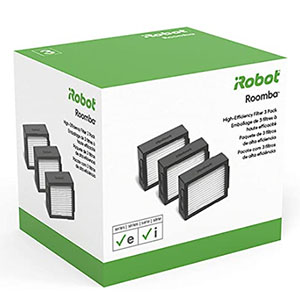
Just like all other Roombas, the i3 and i3+ come with high-efficiency filters that capture 99.9% of allergens and other elements that can trigger allergies or cause bad odor. For the record, these are not true HEPA filters, but they still get the job done.
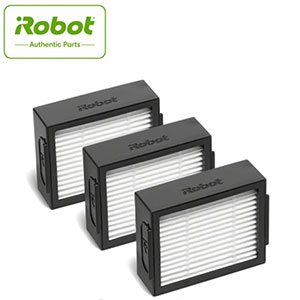
The Roomba j7 is similar to the Roomba i3 in terms of filtration and bin emptying. Here again, there are high-efficiency filters that capture all kinds of allergens, including pollen, dust mites, and pet-related dander.
When it comes to the bin, there is a 0.5L onboard bin with a full bin indicator. Regarding bin emptying, the two are compatible with iRobot’s Clean Base Automatic Dirt Disposal Technology.
However, only the i3+ comes with the Clean Base® Automatic Dirt Disposal unit.
The bin here also has a 0.5L capacity and a full bin indicator.
As one of the latest Roombas, the j7 supports automatic self-emptying, but only the ceiling model, the j7+, comes with the Clean Base® Automatic Dirt Disposal Technology.
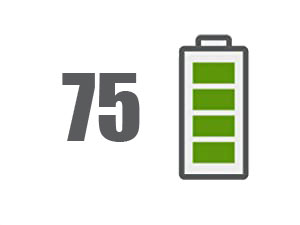
The Roomba i3 and i3+ come equipped with a 1800mAh lithium-ion battery that offers 75 minutes runtime on average.
Regarding power management, the two Roombas will dock for recharge automatically and resume cleaning after that. The recharge time is around 2-3 hours.
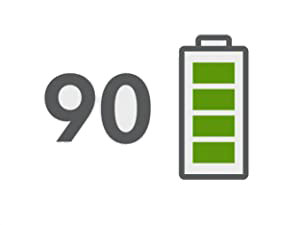
One of the differences between the Roomba i3 vs. j7 is the battery and runtime. While the i3 comes with a 1800mAh battery, the j7 and j7+ come with a larger Roomba® i8 Denali 2210mAh battery that offers 90 minutes runtime.
The only thing the i3 and j7 share is power management. The j7 and j7+ will also recharge and resume cleaning automatically. Recharge time is also 2-3 hours.


Here, the winner is definitely the Roomba j7 as it offers 90 minutes runtime, so it can vacuum a larger area on a single charge.
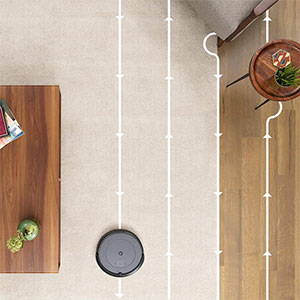
While it may be a pretty new model, the Roomba i3 uses an old navigation system dubbed iRobot iAdapt 1.0. This is a technology that uses a Simultaneous Localization and Mapping (SLAM) algorithm to enable the robot to locate where it is and, importantly, avoid accidents.
There is a set of obstacle detection sensors for localization and, notably, obstacle avoidance. There is also a retractable bumper that retracts to absorb impact if the Roomba hits an obstacle.
Besides obstacle detection sensors, there are also anti-drop sensors that prevent the Roomba from falling off the stairs.
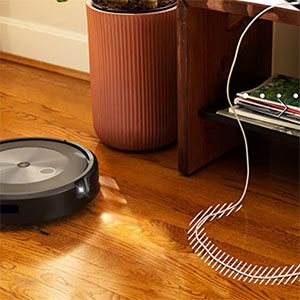
The Roomba j7 comes with an advanced navigation system dubbed iAdapt 3.0. This system relies on Visual Simultaneous Localization and Mapping (VSLAM) algorithms for localization.
iAdapt 3.0 uses both sensors and a real-time camera for precise navigation.
Interestingly, there is what is called PrecisionVision Navigation which enables the robot to identify common traffic such as dog poop, shoes, power cords, socks, and so on.


As far as navigation is concerned, the Roomba j7 is the ultimate deal courtesy of the iAdapt 3.0 system and, importantly, PrecisionVision.
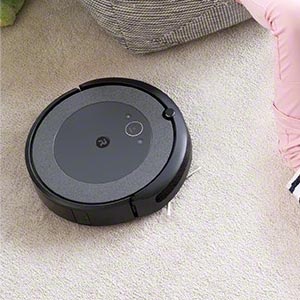
The Roomba i3 is an entry-level Roomba that doesn’t come with mapping features. Instead, it uses floor tracking sensors to map your home.
When it comes to the cleaning pattern, the i3 cleans in neat rows guaranteeing entire level cleaning in small to medium-sized apartments, but in large apartments, it may skip some spots. The Roomba i3 doesn’t come with any extras such as Keep Out Zones.
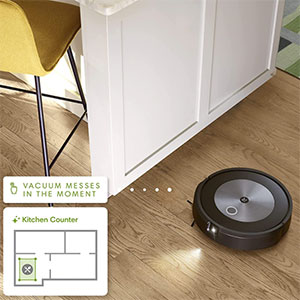
Unlike the Roomba i3, the J7 comes with an intelligent mapping system called Imprint Smart Mapping. This technology enables the Roomba to learn, map, and adapt to your home’s layout by creating accurate maps of your home.
For example, you can tell the Roomba to vacuum specific rooms instead of the entire house. What’s more? The Roomba j7 has digital boundaries dubbed Keep Out Zones. You can easily create boundaries right from the mobile app.


Here again, the Roomba j7 is superior to the i3. So, if you want the best Roomba for large apartments with high traffic, look no further; buy the Roomba j7.

The Roomba i3 is a smart robot vacuum powered by 2.4GHz WiFi. You can operate the robot vacuum right from the mobile app. Some of the things you can do on the app include setting cleaning schedules, initiating a cleaning session, and so on.
Besides mobile app control, you can also sync the Roomba i3 with voice assistants such as Alexa and Google Assistant.
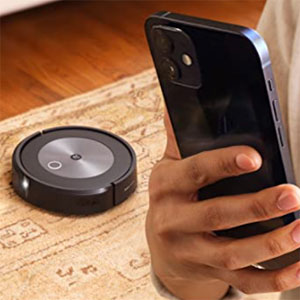
The Roomba j7 is also a smart robot vacuum with all the smart features that the i3 has. You can operate it using the mobile app or Alexa. In addition, it comes with iRobot Genius 3.0, a new technology that gives homeowners the edge when it comes to customizing their cleaning.
This new technology tags along with cool features such as Clean While I’m Away, Cleaning Time Estimates, Smart Map Coaching and Room Name Suggestions, and Quiet Drive.


In terms of smart features and convenience, the Roomba j7 is the winner again. The addition of iRobot Genius takes it to the next level.

The Roomba i3 series is among the latest Roombas on the market. Released in September 2020, this series has two models – the Roomba i3 (3150) and i3+ (3550). The i3 is the base model, while the i3+ is the ceiling model. The difference between the two is that the former doesn’t include the Clean Base™ Automatic Dirt Disposal unit, but it is compatible with the automatic self-emptying technology.
On the other hand, the i3+ comes with the Clean Base™ Automatic Dirt Disposal unit. The Roomba i3 is ideal for small to medium apartments with bare floors and pets.
Cleaning Test Results Roomba i3 and J7
Carpet Floor
As is the norm, we test all the robot vacuums we review. In this segment, we have shared our exclusive cleaning test results to give you a glimpse of how the two robots perform in a real household setting.
Carpet Floor
- Flour
- 92%
- 92%
- Sugar
- 94%
- 94%
- Rice
- 95%
- 95%
- Cheerios
- 95%
- 95%
- Raw popcorns
- 95%
- 95%
- Kitty litter
- 95%
- 95%
- Pet hair
- 93%
- 93%
- Sand pebbles
- 92%
- 92%
Bare Floor
Bare Floor
- Flour
- 95%
- 95%
- Sugar
- 97%
- 97%
- Rice
- 98%
- 98%
- Cheerios
- 98%
- 98%
- Raw popcorns
- 98%
- 98%
- Kitty litter
- 98%
- 98%
- Pet hair
- 96%
- 96%
- Sand pebbles
- 95%
- 95%


When it comes to cleaning performance, the Roomba i3 and j7 are similar. So, it's hard to call a winner here.
Frequently Asked Questions
Which mopping robot do you recommend with Roomba I3 EVO?
Why is the j7 so expensive compared to the similar suction power of the i3?
What is the warranty for i3 and j7?
How do I need to maintain my iRobot?
Summary - Which is the better Roomba J7 or I3?
That’s the end of this comparison review. So, what’s the best bang for the buck? Well, while the two Roombas share a lot in common, the Roomba j7 is the best choice. It comes with a longer runtime and has better navigation and mapping systems. What’s more? The inclusion of iRobot Genius 3.0 makes it superior to the Roomba i3.



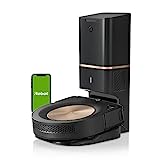
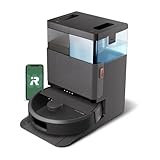

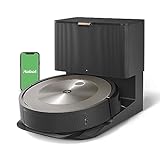
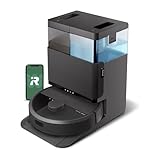
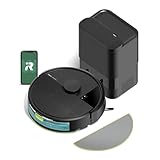
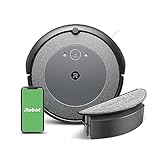
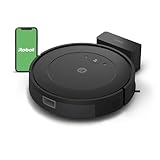
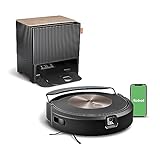
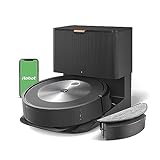
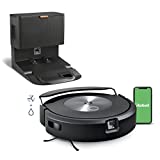
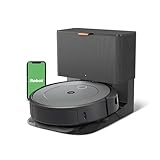
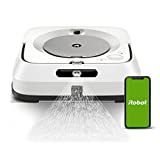
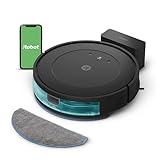
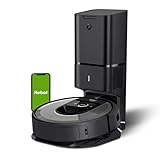

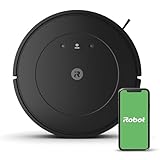
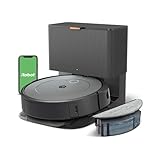
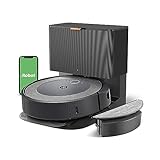
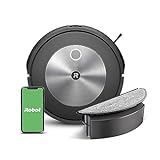
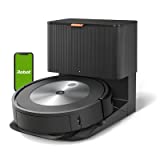
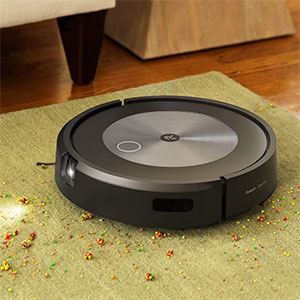

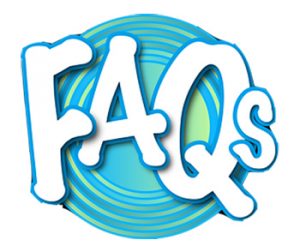
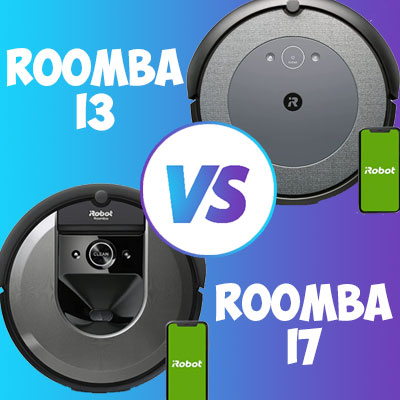

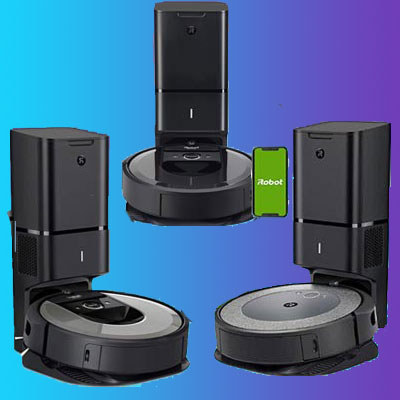

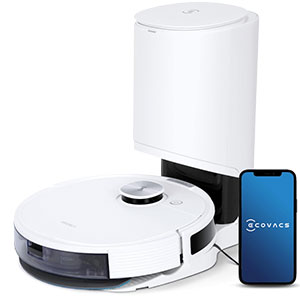
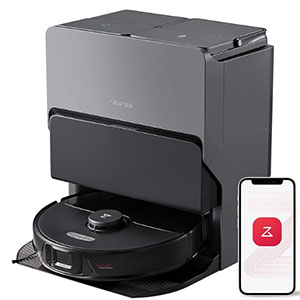
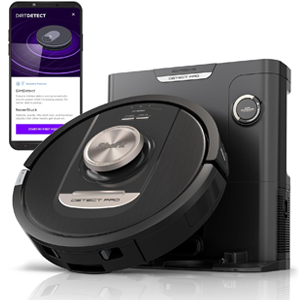
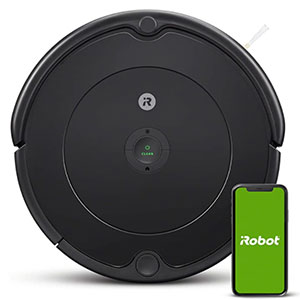
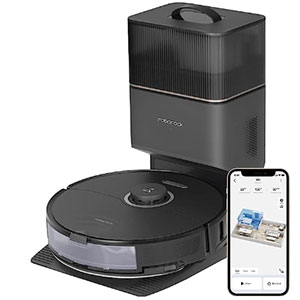
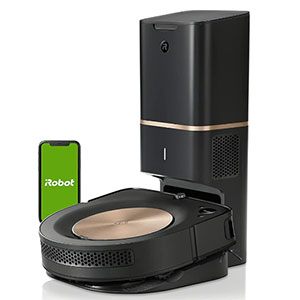
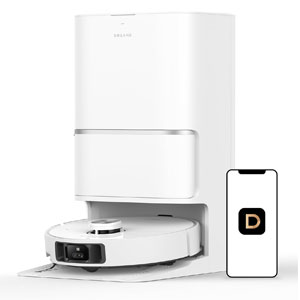

Varous
What are the unique features of the Roomba i3 that sets it apart from other robotic vacuums and what kind of results have users seen in terms of cleaning efficiency and ease of use with its advanced navigation system, self-emptying feature, and compatibility with smart home devices?
Andry Sullivan
The Roomba i3 is a top-performing robotic vacuum with advanced features. Its self-emptying dustbin, advanced navigation system, and smart home compatibility make cleaning easier and more convenient. The i3 uses iAdapt 3.0 technology with vSLAM navigation to map and clean rooms efficiently. Its powerful suction and multi-surface brushes handle pet hair and other debris effectively. In terms of results, users report good cleaning performance and ease of use, and independent tests have shown that the Roomba i3 outperforms similarly priced models in terms of suction power, navigation, and overall cleaning ability. The Roomba i3 is a great choice for those looking for a high-performing, smart, and easy-to-use robotic vacuum.